Alaska's Elections are as Independent as Alaska Voters
There are over 300,000 voters in Alaska that do not identify with either of the two major parties—more than half the state. Every Alaskan should be able to vote in Primary Elections for any candidate.
The Open, Pick 1 Primary ensures that every Alaska voter has the right to have their voice heard—regardless of their political affiliation.

